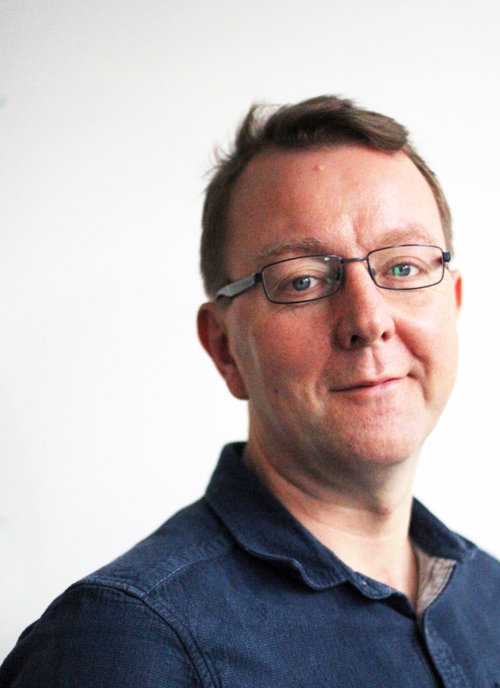
Why we need a Public Media Stack
By Matt Locke
This project started because I needed something like this, and it didn’t exist. I’ve worked in digital public media for over 20 years, and the company I run creates public impact media for companies and charities across the globe. But even with that amount of experience, I still struggle to understand what technologies we should be using.
If you work in public media, there are a number of factors that make it hard to make ethical tech decisions. The major tech platforms have the financial muscle to make their tools cheap and easy to use, but with the consequence that your projects and audiences are locked into their ecosystems. There are alternative options, but they might need more technical knowledge than you have in your public media organization, or they might use non-standard formats or workflows that your editorial teams won’t be familiar with.
And behind all of this is the reality of money – very few funders offer support for full time tech roles in public media organizations, or offer the kind of ongoing annual funding for SAAS software that all organizations have to commit to. There is sometimes funding for one-off tech innovation, but not for growing in-house tech expertise, or to help alternative software platforms scale and grow.
This needs to change. Over the last decade business models for public media have struggled to adapt as audiences moved to digital platforms. And by public media, I don’t just mean news, but also documentary, specialist factual and children’s media.
To build sustainable business models for public media now, we can’t start by thinking about the institutions, distribution and business models of the past. We need to learn from the business strategies of the major tech platforms, and start by building a sustainable and ethical technology ecosystem for public media.
None of us has the resources to do this individually – we can only do this by working together and sharing our knowledge. This report is a first step towards this goal.
In just one year, we’ve scaled this project from just a couple of essays to a detailed analysis of over 100 software products, organized by the six stages of a typical public media workflow. This is thanks to the support of Luminate, our research team, and our growing network of contributors and supporters around the world.
But we’ve barely scratched the surface. There are lots of areas we haven’t had the resources to tackle – adtech and cyber security, for example – and although the products we have listed are generally available globally, the majority are based in the US or Western Europe. This first report is a great start, but there are a lot of things we can do to make it better.
We started this project with three ambitions:
1 – Map the existing ecosystems and evaluate individual services and products based on their suitability for public media projects
2 – Assist public media projects with the practical issues involved in changing to more ethical and sustainable technology strategies
3 – Invest and scale technologies that have the potential to scale and become part of the ‘public media stack’
With the publication of the first report, we have new goals for each these areas:
1 – Make this an annual report
We want to make the report an annual event in the public media and technology calendar – a regular check up on the health of the Public Media Stack, with critical analysis about how changes in the wider technology industry are affecting public media, and practical advice that public media projects can use in their technology strategies.
2 – Build a community to share issues, experiences and advice
Producing a map of the Public Media Stack is the first step, but this will change nothing without practical advice to help public media projects change their technology strategy. We’ve included case studies in the report, interviewing leaders from public media projects around the globe to find out what technology issues they’re facing, and how they’re solving them. We want to continue this work, and build a community of case studies, advice and knowledge sharing between public media organizations.
3 – Help foundations and funders invest in the Public Media Stack
There are lots of foundations collaborating to invest in public media content production, but not as many investing in developing and scaling technologies to support public media content. We want to talk to funders and investors who are working in public media to see how our research can inform and improve their technology investment strategies.
We’re developing plans for a small team to deliver this next stage of the project, and talking to potential partners, funders and host institutions for the Public Media Stack project. If you’re interested in helping us with the next stage, we’d love to hear from you.

Matt Locke
Project Lead for the Public Media Stack
